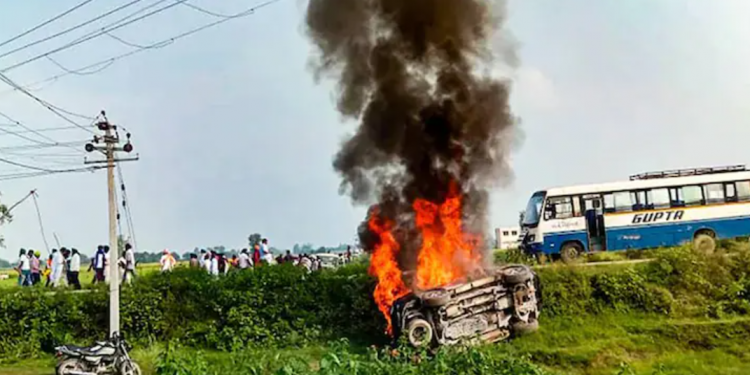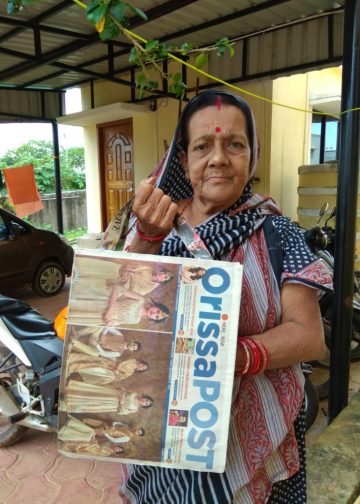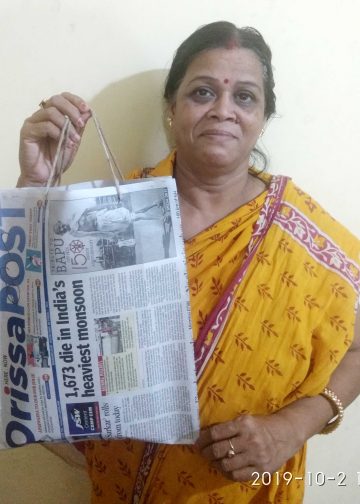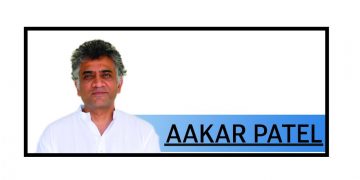The Uttar Pradesh (UP) police claims to be too busy to arrest the son of a Union Minister of State alleged to have run over two protesting farmers. The brutal killings of farmers at Lakhimpur Kheri, Uttar Pradesh, October 3 under the wheels of the motorcade of Union Minister of State for Home Ajay Mishra Teni has drawn national attention. This retaliatory attack forms a set pattern which the BJP government has been following to stonewall protests against its decisions and policies. As it happened on many a previous occasion, this time also, the BJP government in Uttar Pradesh has made the scene of mayhem inaccessible to Opposition politicians and the media.
What is worse in the case of Lakhimpur Kheri is that the Centre has become so insensitive that it has not yet asked the minister involved in the gruesome incident to step down immediately for the sake of fair investigation and justice.
As facts are emerging, the minister himself appears to have set the stage for the bloody showdown which took an ugly turn after the driver of an SUV that was part of the minister’s motorcade mowed down the farmers. The driver, some claim it was the minister’s son, seemed to have been unnerved by the gathering crowd of protesting farmers and so drove over them.
As observed in a video that has gone viral, the minister provoked the farmers in the haughtiest manner possible warning them of dire consequences if they did not withdraw their nearly year-long agitation against the three controversial farm laws. His words, as heard in the video, only show the scant respect he has for decency. The tone is threatening, to say the least. “This country is of farmers. I am also a farmer, you are also a farmer. If I got down to action, then you would not even have found a way to run away. If the farm laws were bad, the protests would have spread across the country,” Mishra purportedly said.
In a way, the Centre’s refusal to act against the minister is understandable. For, his words and actions seem to be in consonance with the thinking of his party. It has, by now, made it an integral part of its strategy while dealing with popular protests. It first contemptuously turns down criticism of its policies and laws that it wants to shove down the throats of the people. Thereafter it adopts an ostrich-like policy not to see the reality when protests become stormy. If that does not work, it shows its muscles by making the protests appear a law and order issue. When protesters behave belligerently even after that, attempts are made to brand them as anti-nationals and draconian laws under the Sedition Rules or the Unlawful Activities (Prevention) Act (UAPA) are invoked to browbeat them into surrender. It could achieve some measure of success in the case of civil rights activists whom the government calls ‘urban naxals’. When the effort to paint the agitating farmers as collaborators of Khalistani separatists failed, the government adopted the tactic of total indifference hoping that once the movement is pushed out of media headlines, it would die down. However, the farmers have proved to be hard nuts and that they are neither dependent on the media nor on politicians to champion their cause. They have shown a unique way of asserting their right and voicing their protests against what they believe are anti-farmer laws on their own strength. And that seems to have unnerved the government. The brutality at Lakhimpur Kheri is one such manifestation.
The minister may also have been prompted by the anxiety of his party that the protests may adversely affect the party in the coming UP Assembly elections in this region, which is why he seems to have chosen the option of whipping up a fear-psychosis among the farmers. The BJP won all the eight seats in this district in the 2017 Assembly polls which was a remarkable improvement as it had bagged only one seat in the 2012 polls. This district in UP’s Terai belt has strong links with agriculture with considerable Sikh population.
Lakhimpur Kheri’s demography shows Brahmins as the dominant group, followed by Muslims and Kurmis among non-Yadav OBCs. The farmers here mainly depend on sugarcane production. There are chances that there will be electoral repercussion on five other districts in this belt which together account for 42 Assembly seats. The BJP won 37 of these seats in the 2017 Assembly polls, the Samajwadi Party that contested in alliance with the Congress got four seats and the BSP one.
The BJP seemingly fears the farmers’ agitation against the three farm laws may upset its applecart this time around. Hence, the Union Minister of State for Home appears to have used intimidation as a tool to ensure the BJP can repeat its 2017 performance. The Centre’s delay in taking action against him and his son involved in the gruesome incident only strengthens suspicion.






































